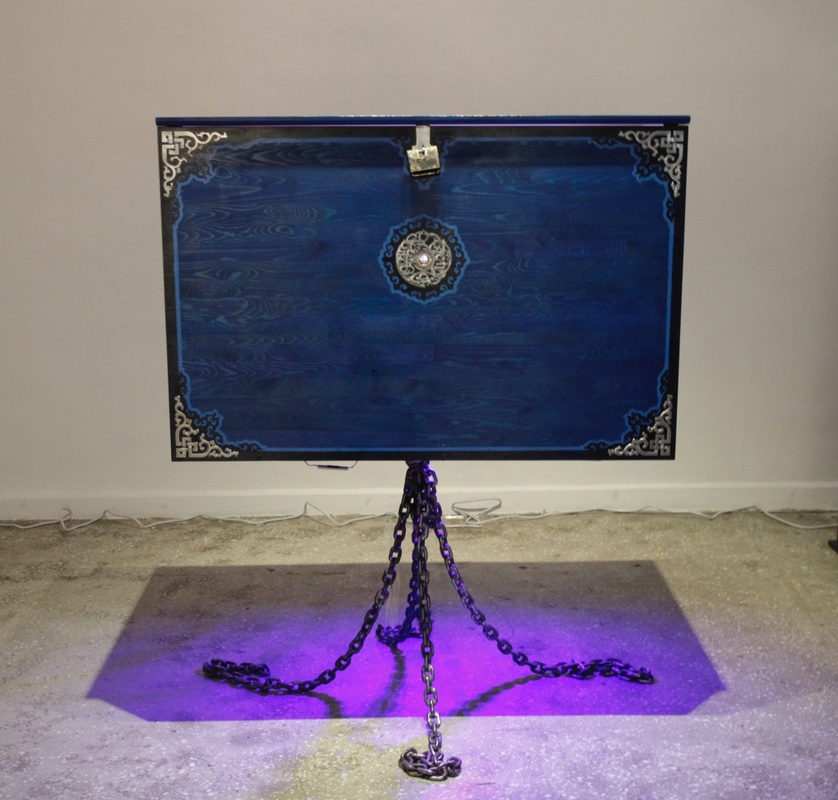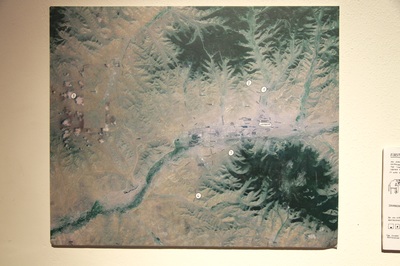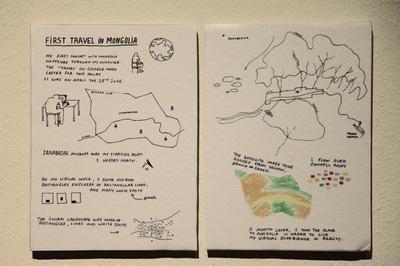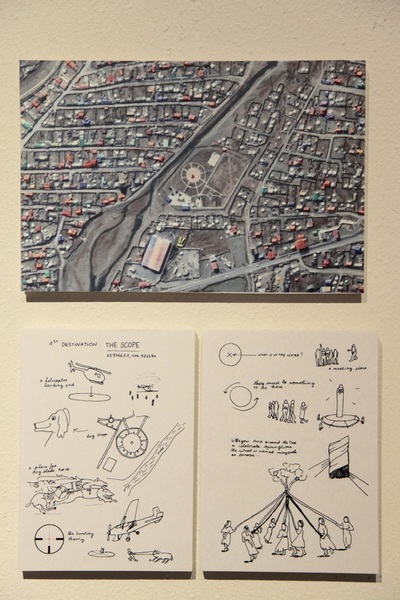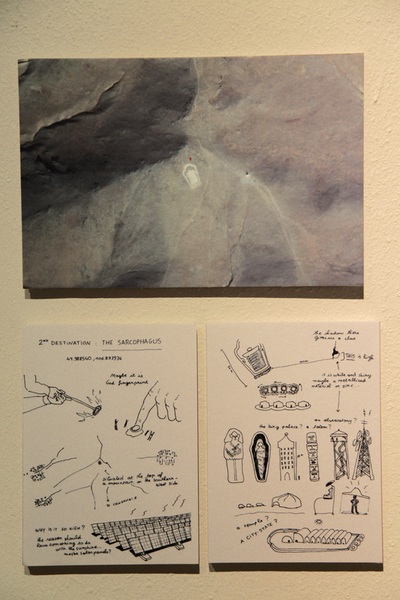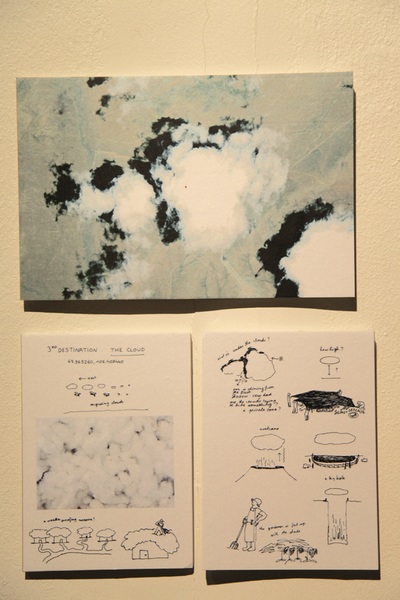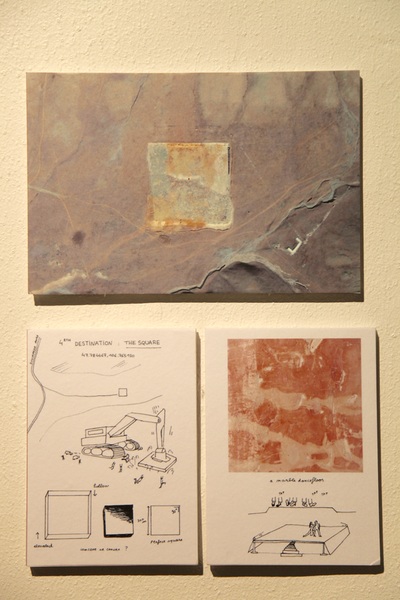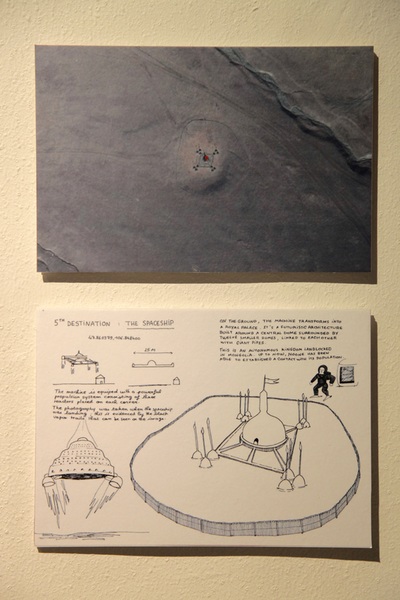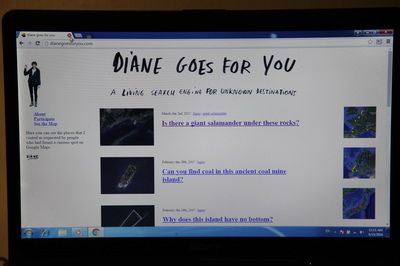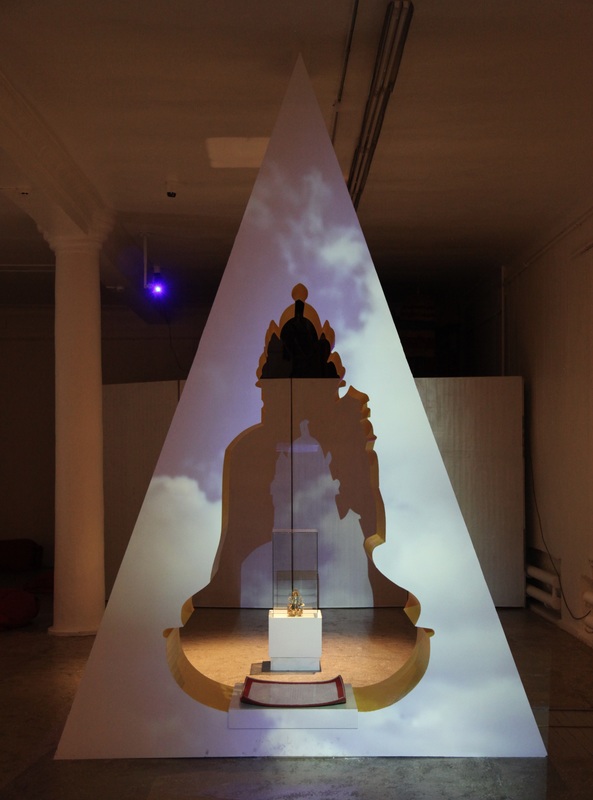1st Ulaanbaatar International Media Art Festival-UBIMAF
The Arts Council of Mongolia, in conjunction with its sponsors, is proud to announce the opening of the inaugural International Media Arts Festival in Mongolia. Officially partnered by the Goethe-Institut, the Festival is the first of its kind to be held in Mongolia and will run for a month: from June 9 to July 9 , 2016. The show will all take place at the Fine Arts Zanabazar Museum.
The first is an exhibition titled “Tradition and Modernity” and curated by You Mi, a researcher and member of staff at the Academy of Media Art, Cologne, Germany. This exhibition will run for the duration of the festival and display the works of six Mongolian and international artists and the students of the University of Culture and Arts-School of Radio, Television and Media Arts. One of the festival’s central aims is to bring international experts to supplement the
education of media arts students in Mongolia. We are, therefore, pleased to announce that Christian Faubel of the Academy of Media Arts, Cologne will be holding a series of workshops for the media students at the University of Culture. The workshops will revolve around the concepts of game and play, two human universals that combine narrative, pattern and technology in distinctly social ways. The opening of the festival on June 9th will feature the work produced by these students in the previous day’s the workshop, and their training will continue until the 13th of June, 2016.
The Arts Council of Mongolia, in conjunction with its sponsors, is proud to announce the opening of the inaugural International Media Arts Festival in Mongolia. Officially partnered by the Goethe-Institut, the Festival is the first of its kind to be held in Mongolia and will run for a month: from June 9 to July 9 , 2016. The show will all take place at the Fine Arts Zanabazar Museum.
The first is an exhibition titled “Tradition and Modernity” and curated by You Mi, a researcher and member of staff at the Academy of Media Art, Cologne, Germany. This exhibition will run for the duration of the festival and display the works of six Mongolian and international artists and the students of the University of Culture and Arts-School of Radio, Television and Media Arts. One of the festival’s central aims is to bring international experts to supplement the
education of media arts students in Mongolia. We are, therefore, pleased to announce that Christian Faubel of the Academy of Media Arts, Cologne will be holding a series of workshops for the media students at the University of Culture. The workshops will revolve around the concepts of game and play, two human universals that combine narrative, pattern and technology in distinctly social ways. The opening of the festival on June 9th will feature the work produced by these students in the previous day’s the workshop, and their training will continue until the 13th of June, 2016.
|
MUNKHTSETSEG Batmunkh - LOCKED TREASURE BOX
An intense experience of memory, personal and impersonal, historical and transhistorical, is induced by MUNKHTSETSEG Batmunkh (Mongolia)'s installation that resembles a traditional Mongolian treasure box. Munkhtsetseg annotates to this object, so central and yet full of mystery in every household, through multi-media reinterpretation. |
|
Christian Faubel - PLAYABLE ENVIRONMENTS WORKSHOP & GAME CORNER
With Christian Faubel ( Academy of Media Arts Cologne) and Undram Batdelger with students of University of Culture - School of Radio and Television and Media Arts. Game is a realm where social forms (I, the other, us and them ) meet technology (ball, ankle bones, playstation) and result in act of becoming, leading, in most cases to the same starting point. Play, commonly an intentional enterprise, is intentionally other. Rolling dice is not about rolling dice but about articulating and channeling desires, or being articulated through them. Play is a universal (human) condition transcending boundaries, cultural milieus languages and normative manifestations. Also, unlike many other skill and technique-heavy genres, play is portable and in essence a nomadic enterprise. Mongolian historic transition offers a unique and rich narrative array deploying pre-modern and post-modern into one heterogeneous discourse. The workshop aims to enhance student's understanding of play, playable systems, and playable narrative and inform them the newest tendencies in creative gaming. It aims to improve their abilities in constructing the interactive narrative, and train their ability of operating and connecting various media types to deliver interactive works. Students will abstract spatial patterns from field trips, critically assess them so to reveal the core principle or the rule, which organises observable entity into a pattern. Then we will adopt narrative primer- a methodology of building a key component of the game, such as building narrative feedback chains. Then the intermedia production follows, with different media that the students are comfortable of working with, which results in a presentable entity. |
|
|
Diane Rabreau - DIANE GOES FOR YOU
French artist Diane Rabreau is on a mission to solve these visual mysteries. On her site, Diane Goes For You, she asks "players" from around the world to submit location-specific Google Maps queries, with the promise that, one day, she'll travel to the coordinates and produce a response. The one rule: The answer can't already be found on the web. Using a combination of video, photo, text, and animation, Rabreau's results are at turns dreamy, scientific, and strangely moving. (Evocative, even, of the German novelist W.G. Sebald, and his mix of memoir, travelogue, and history.) |
|
GANZUG Sedbazar
In dialogue with works of Zanabazar, master artist and eponym of the museum, Ganzug Sedbazar (Mongolia) thoughtfully juxtaposes the traditional figure of Green Tara in Tibetan Buddhism with Shamanistic sky worshipping, and translates the experience of introverted religious practice into a tangible structure for interactive participation. |
|
|
Still from Eyes Touching Fingers Seeing (HD video 15 min, Amalie Smith 2015)
|
